

Children donned lab coats, goggles and latex gloves to become climate change-conquering scientists for the day.
At the Imperial Festival this weekend, children under 12 years' and their families experienced what it's like to be a researcher working in one of Imperial College London's Earth Science & Engineering laboratories.
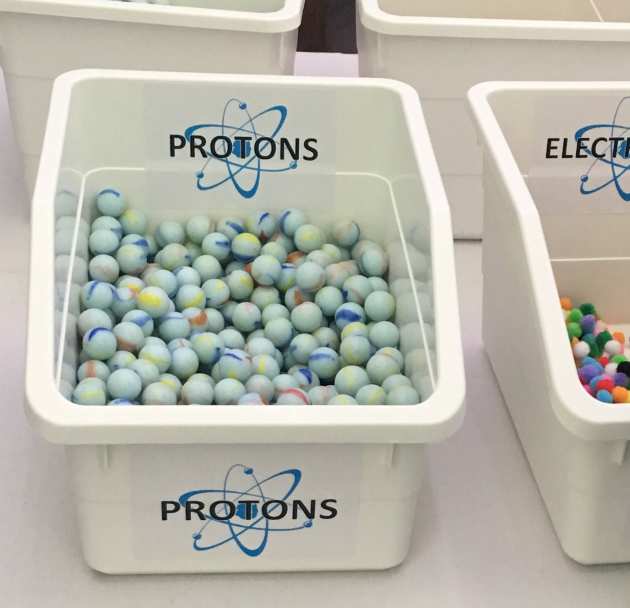 The visitors learned that elements contain neutrons, electrons and protons, and made some model atoms by putting different numbers of marbles and pom-poms into a small pot.
The visitors learned that elements contain neutrons, electrons and protons, and made some model atoms by putting different numbers of marbles and pom-poms into a small pot.
The mini-scientists then compared how the pot's weight is determined by its contents, and what happens when some elements have more or fewer neutrons than usual, as an example of how the information hidden inside tiny atoms can be detected and interpreted by researchers.
In the laboratory, researchers collect information about the make-up of materials from Antarctica. These samples were deposited on the bottom of the ocean millions of years ago and have been collected by large drilling ships.
The distribution of elements with different weights in samples of these materials helps the researchers determine what was going on in the environment at when the samples were originally formed.
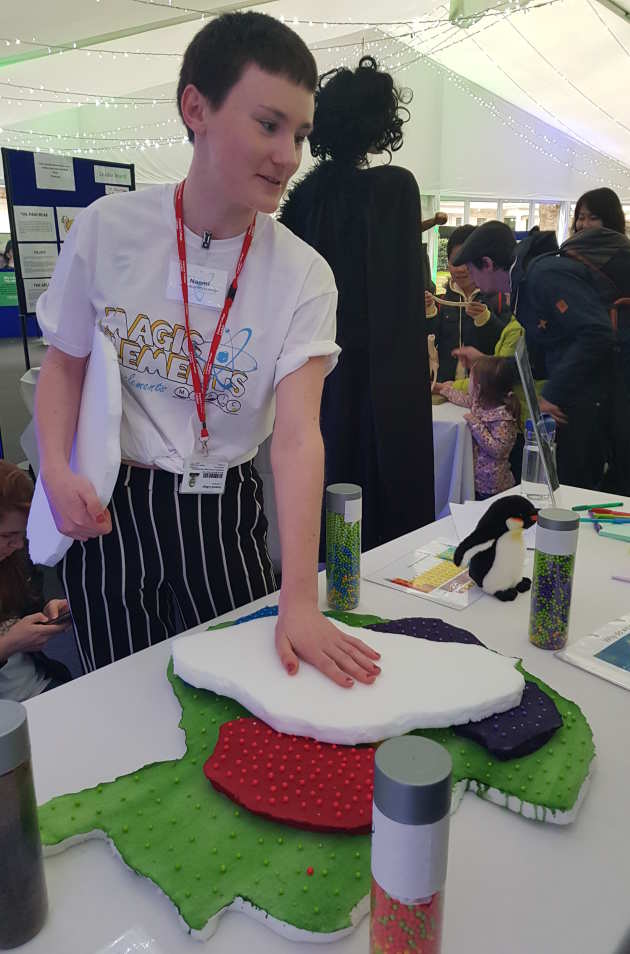 Recently, research like this has helped researchers understand how the ice sheet covering the South Pole has changed over the last 50 million years. At periods in the past when the climate has warmed, the Antarctic ice sheet was much smaller than it is at present.
Recently, research like this has helped researchers understand how the ice sheet covering the South Pole has changed over the last 50 million years. At periods in the past when the climate has warmed, the Antarctic ice sheet was much smaller than it is at present.
Understanding what happened at these times helps researchers predict what our future climate may be like.
The activity was designed and carried out by researchers from the Mass Spectrometry and Isotope Geochemistry (MAGIC) laboratory at Imperial, and supported by a public engagement grant from the Grantham Institute – Climate Change and the Environment and funds from the Department of Earth Science & Engineering.
Visitors to the MAGIC laboratory cover exposed skin, hair, shoes and clothes otherwise they risk bringing in regular dirt or dust that could contaminate the sensitive equipment or precious sample material, which may affect the results of the very precise experiments.
The researchers wanted to create a lifelike experience of working in their laboratory, so mini-scientists at the Festival dressed up in similar protective items that are required under real conditions.
Beth (pictured third from left in #magicelements photo frame) said “I put on a lab coat and gloves so if there were any dangerous spills in the lab I would be safe”. Beth correctly counted the number of protons, neutrons and electrons to make the elements Beryllium.
Her mum, Rebecca Woodward (pictured) is here for the Imperial Alumni Weekend with her family: “It’s my second visit to the Festival, after discovering there were lots of activities for children.”
Imperial Festival visitor Yunxian Ren travelled from Oxford with her son Mike Niu, aged seven (pictured). “I heard about the Festival online and thought it was a good opportunity for my son to learn something.”
Supporters

Article text (excluding photos or graphics) © Imperial College London.
Photos and graphics subject to third party copyright used with permission or © Imperial College London.

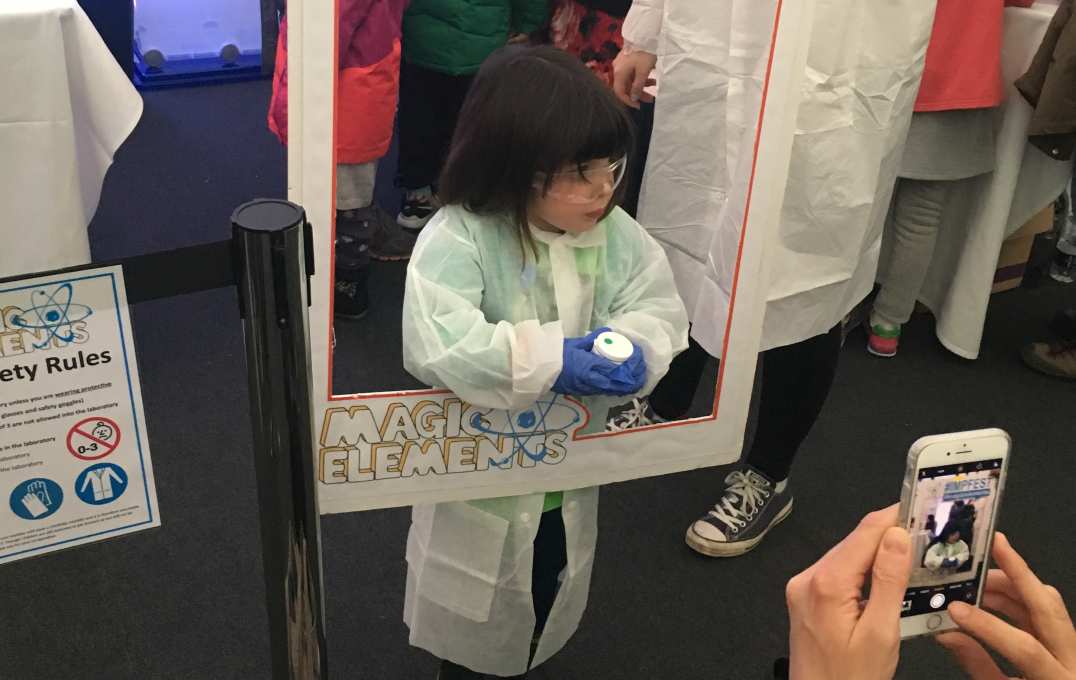
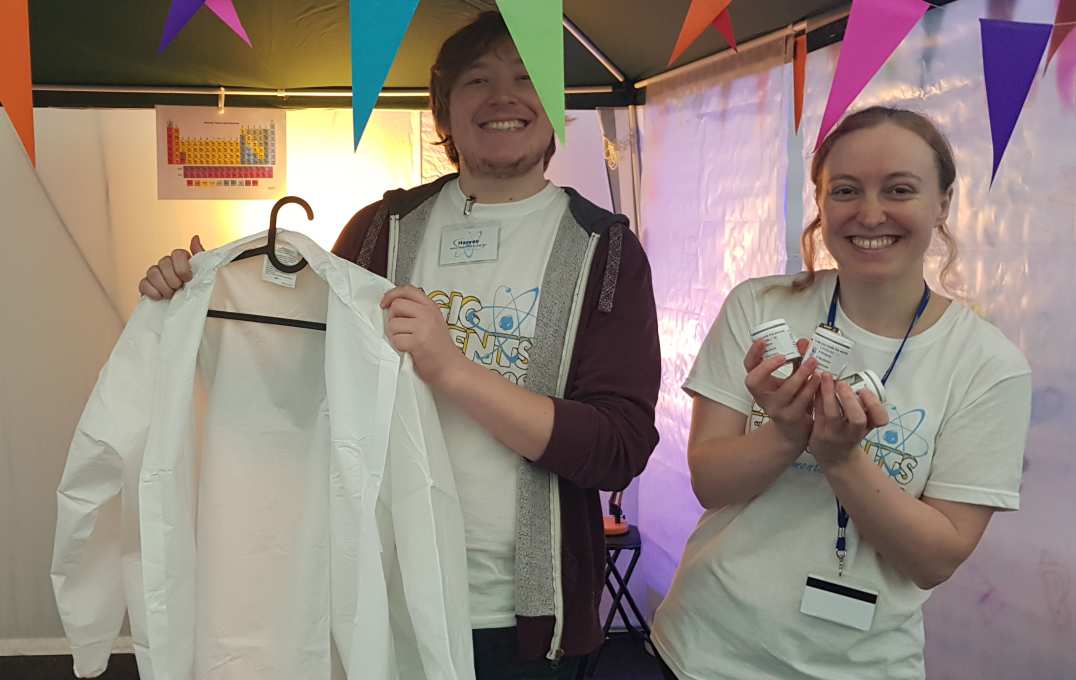
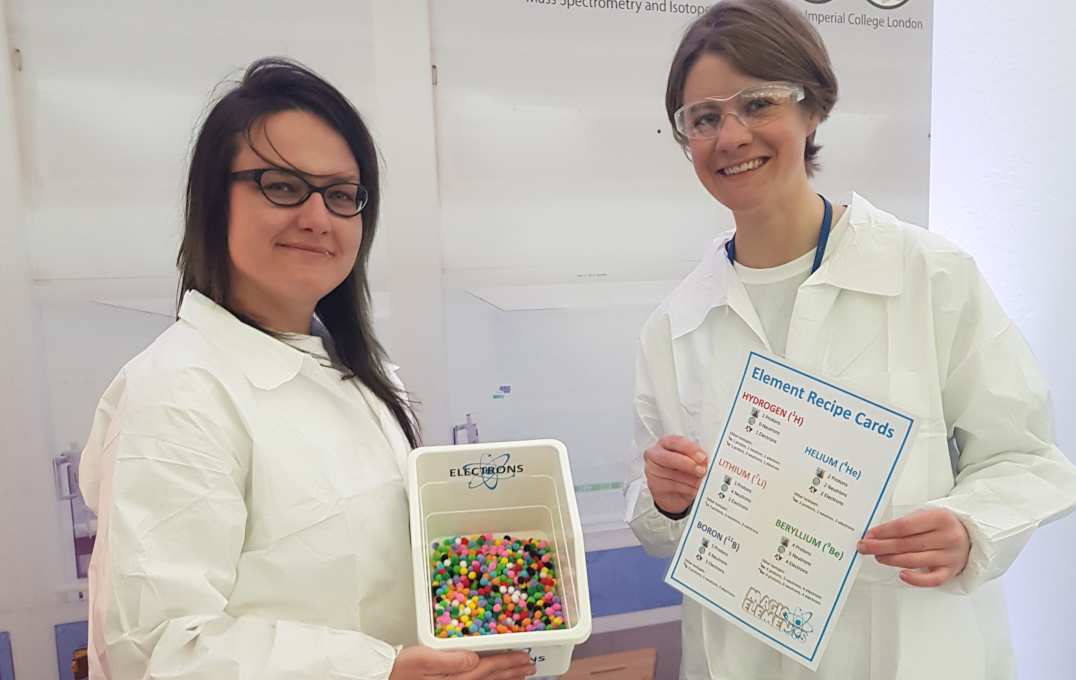
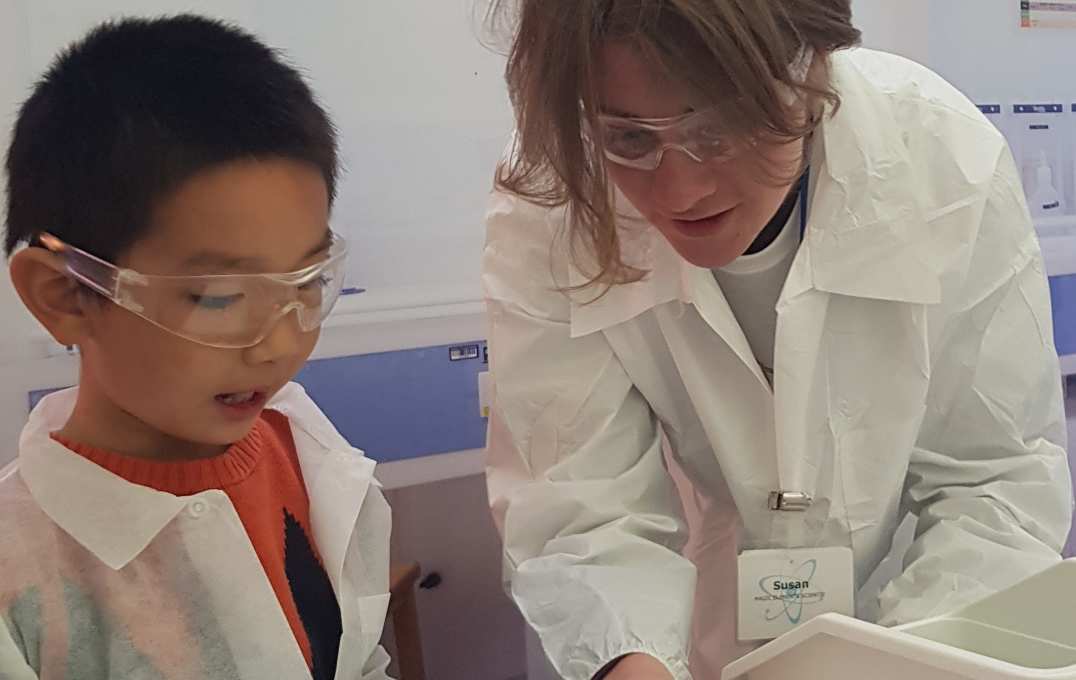
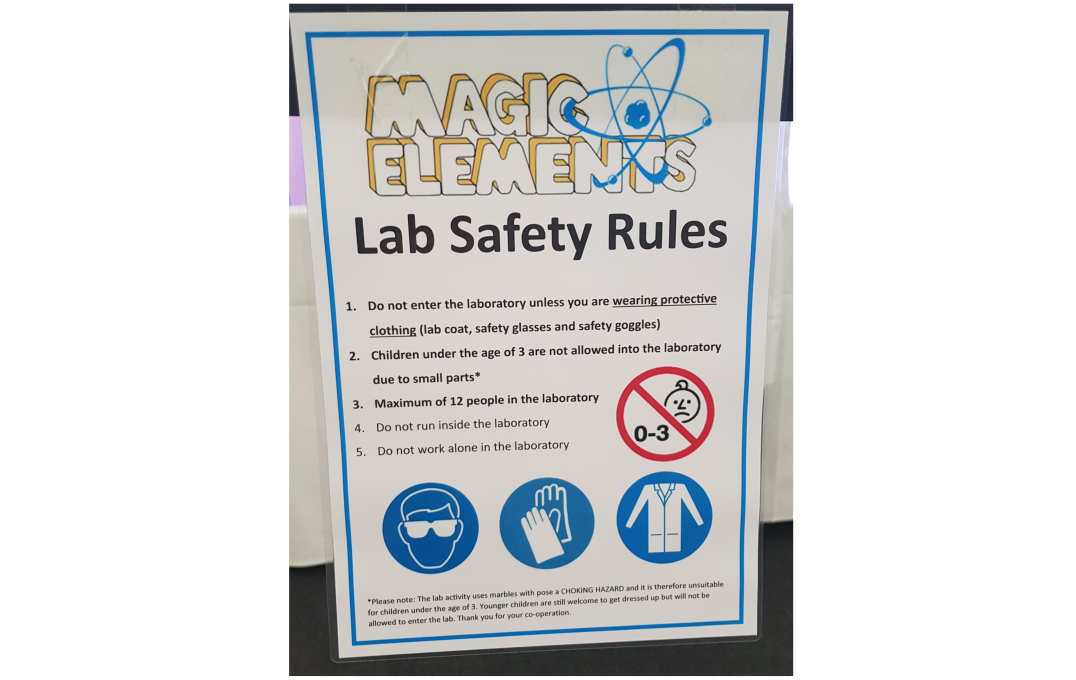
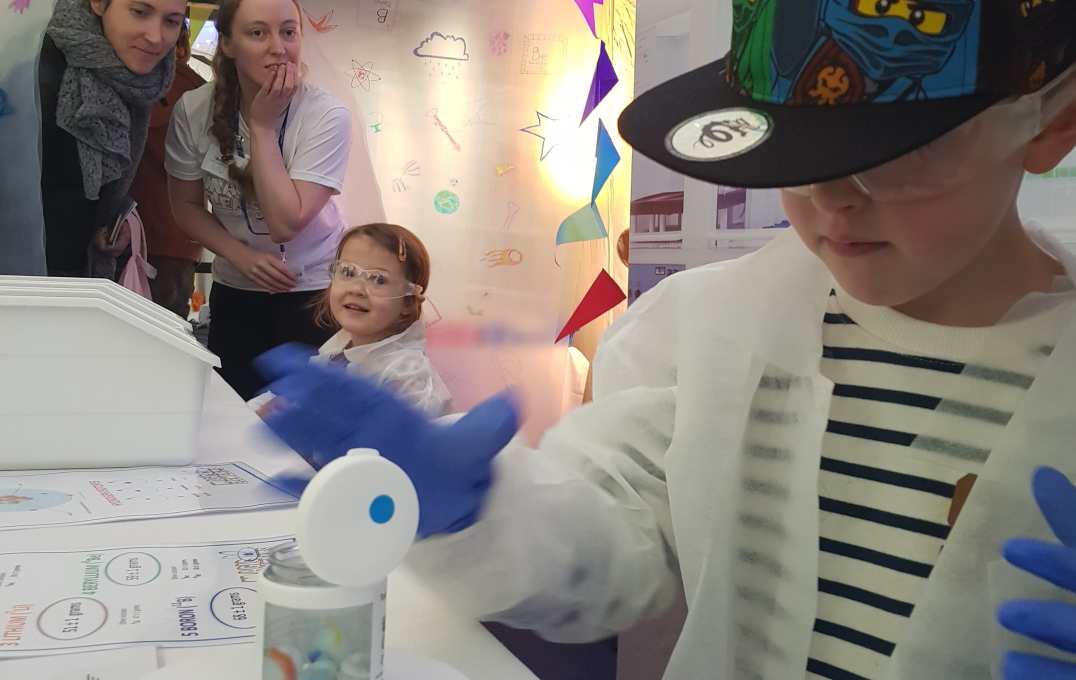
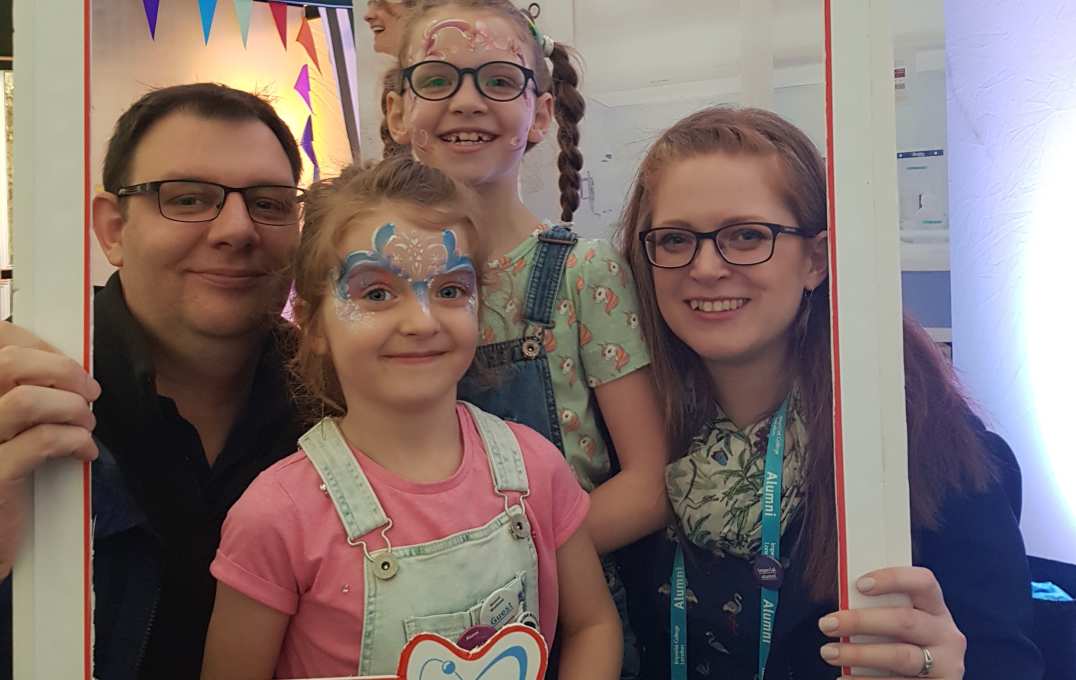
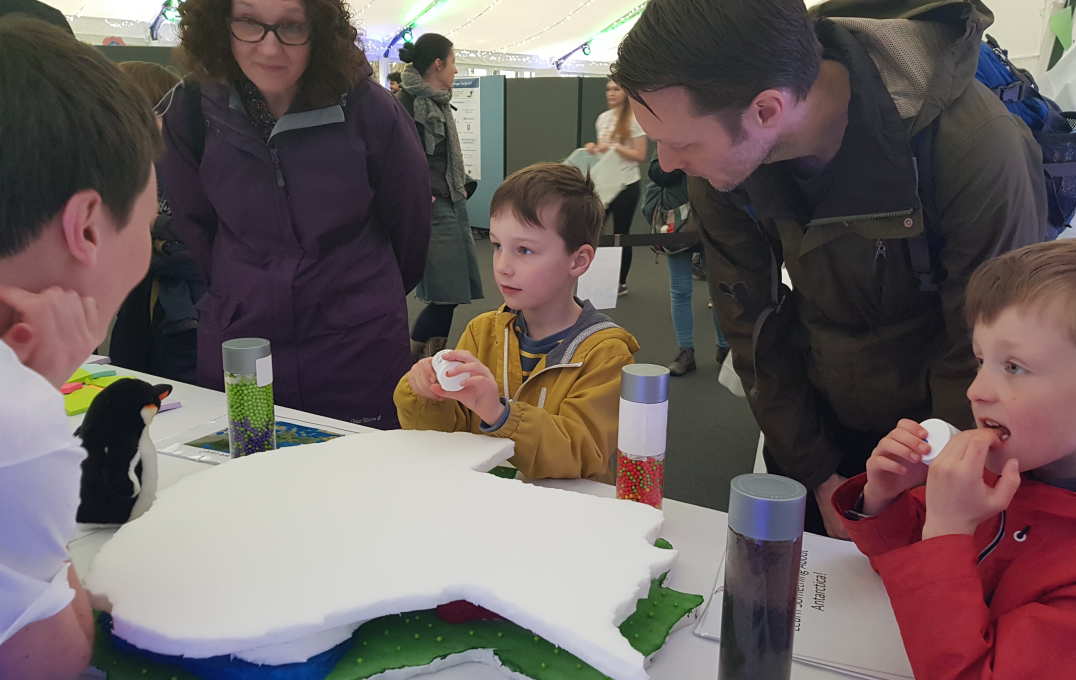





Leave a comment
Your comment may be published, displaying your name as you provide it, unless you request otherwise. Your contact details will never be published.